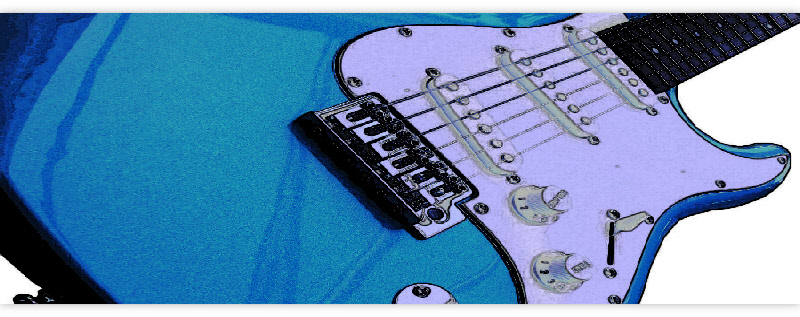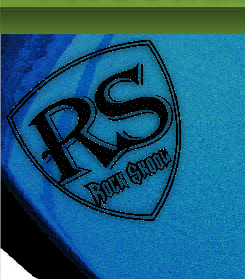



The Skool of guitar excellence


RockSkool: Bar Chord Theory Part 1
Let’s look at the theory behind bar chords.
Now we start to apply our previous lessons that looked at the chromatic scale and the term “root note”.
As we have seen, in bar chords the chord you are playing is the note (or root note) on the E string that your first finger is on.
As you slide the bar chord up the fretboard, so the chord changes to whichever root note you have your first finger on at the time. So if we know the names of the root notes on the E string, then we will know the names of the bar chords as well.
Starting on the open E string, the chromatic scale is every possible note on every fret (sharps included) up to and including the 12th fret. The same is true for the open A string.
Remember this rule:
A root 6 bar chord, playing the E shape on the E string:
The chord name is the same as the root note on the E string which is found at whichever fret the first finger (or barring finger) rests
This applies to both major and minor chords
A root 5 bar chord, playing the A shape on the A string:
The chord name is the same as the root note on the A string which is found at whichever fret the first finger (or barring finger) rests
This applies to both major and minor chords
Try to understand that as the shape slides up the frets (and so the chromatic scale) that the root note changes according to the position of the first finger so forming the new chord name. Easy!
Look at the diagrams to see how this happens.
By the way, notes 2,3, & 4 on root 5 bar chords (the A shape) can be played using the 3rd finger alone if you can do it!
Experiment to find out what works best for you.